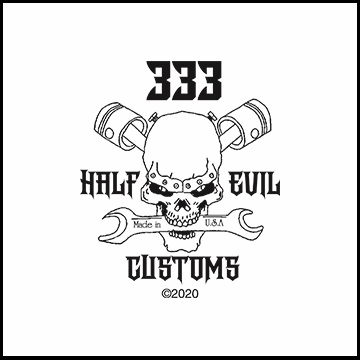|
Welcome,
Guest
|
TOPIC:
Cylinder Hone and ring seating 03 Dec 2014 18:19 #655275
|
|
Please Log in or Create an account to join the conversation. |
Cylinder Hone and ring seating 03 Dec 2014 18:23 #655276
|
|
Please Log in or Create an account to join the conversation. |
Cylinder Hone and ring seating 03 Dec 2014 18:39 #655279
|
|
Please Log in or Create an account to join the conversation. |
Cylinder Hone and ring seating 03 Dec 2014 18:48 #655280
|
|
Please Log in or Create an account to join the conversation. |
Cylinder Hone and ring seating 03 Dec 2014 19:00 #655281
|
|
Please Log in or Create an account to join the conversation. |
Cylinder Hone and ring seating 03 Dec 2014 19:16 #655282
|
|
Please Log in or Create an account to join the conversation. |
Cylinder Hone and ring seating 04 Dec 2014 03:11 #655298
|
|
Please Log in or Create an account to join the conversation. |
Cylinder Hone and ring seating 04 Dec 2014 05:00 #655302
|
|
Please Log in or Create an account to join the conversation. |
Cylinder Hone and ring seating 04 Dec 2014 05:38 #655310
|
|
Please Log in or Create an account to join the conversation. |
Cylinder Hone and ring seating 04 Dec 2014 08:24 #655325
|
|
Please Log in or Create an account to join the conversation. |
Cylinder Hone and ring seating 04 Dec 2014 10:02 #655332
|
|
Please Log in or Create an account to join the conversation. |
Cylinder Hone and ring seating 04 Dec 2014 12:48 #655339
|
|
Please Log in or Create an account to join the conversation. |



